How to Get More Clicks and Sales: 9 Proven Headline Writing Techniques: (Part I)

The famous copywriter John Caples observed “The headline is the most important part of an ad”. If he were alive today, he would agree that a headline is also the most important part of a landing page.
Just changing the headline and nothing else can often result in a significant conversion lift. In one test John conducted, the winning headline outperformed the control by a factor of 19! N-I-N-E-T-E-E-N times more revenue!
Keep in mind, the losing headline wasn’t one contrived to prove his point. It was a real headline, written by a professional copywriter and it had performed acceptably for it to be used as a control.
Another famous example of a headline making all the difference is the book Astrological Love, first published in 1982. It sold about 5,000 copies then went out of print.
In 1998, a certain enterprising gentleman came across it in a used book store and realized it had a lot of potential but had a bad title.
He then bought the rights to the book and retitled it How To Satisfy a Woman Every Time and Have Her Beg For More.
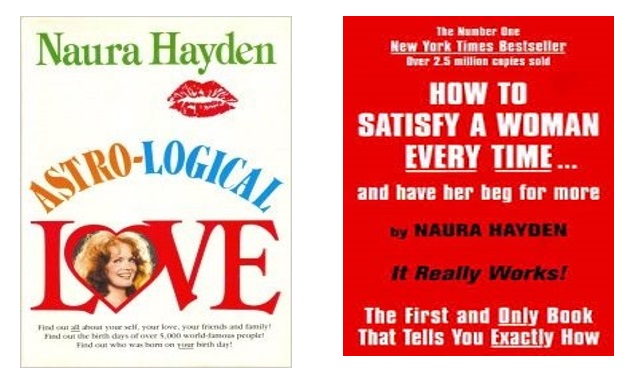
The result? It went on to sell 2.5 million copies and became a New York Times bestseller.
8 out of 10 people read the headline on a landing page but not much else—the average bounce rate is above 80% and the average time spent is less than 5 seconds.
Given that headlines are so important in Conversion Rate Optimization, it is important that you learn how to craft winners.
Below are 7 proven techniques. Use them but also be sure to tailor your message to your market’s maturity level [1].
In 2012, the Obama campaign re-learned this important lesson about headlines. They tested the subject lines of fundraising e-mails. The result? "I will be outspent" raised $2.6m; whereas "Do this for Michelle" only raised about $700,000.
Later, the same thing happened when the A/B tested various headlines in banner ads. The results are mind-boggling.
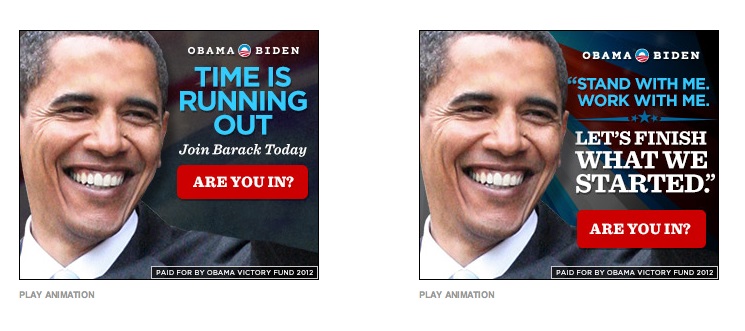
So, given that headlines are so important in Conversion Rate Optimization, you need to learn how to craft winners. Here are 9 proven techniques that you can customize and use today:
1. Three Factors (Personal Benefit, News value, curiosity) This is my personal favorite method, pioneered by John Caples. He believed that a good headline should have at least one of these factors as the main appeal element: Personal Benefit, News Value, Curiosity
Personal Benefit
Everyone is always tuned into the WIIFM station as in “What’s In It For Me?” The more a prospect perceives they will personally gain after reading your headline, the more time they will spend on your landing page and the higher the likelihood of a conversion.
If you know your market well, this is the easiest type of headline to write. It is also the least likely to produce outright duds. On the flip side, it is harder to produce runaway winners because if the market is mature (as most markets are) prospects will have heard just about every claim.
A good practice when writing personal benefit headlines is using a “How To….” Statement. Below are examples of simple How To Headlines
“How To Lose Weight”
“How To Form Your Own Corporation”
“How To Win Friends and Influence People”
Using a simple How To headline will often yield a solid 5 out of 10.Keep in mind you don’t actually have to say How To but should allude to it.
For example, “ Get More Conversions by Using These 3 Tips” is a How To headline, as is “Pee Like a FireHose” (a very successful headline for a mail order prostrate treatment. Notice the use of a powerful ‘word picture’).
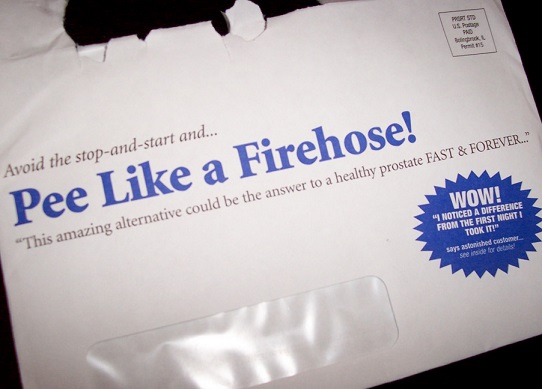
To get to a 7 out 10, a handy technique is the How To With a Twist. Here are a few examples:
“How To Form Your Own Corporation Without a Lawyer for Just $75”
“How To Lose Weight In 30 Days Without Excessive Dieting”
News Value
The second type of successful headline is the one with some news value i.e. it announces something new. For example:
“Announcing: A New Way To Get More Rose Bushes From Your Plants
“Finally: A New Cure For Cones”
“Scientists In Cambridge Discover a New Testosterone Formula” (used by Force Factor, the supplement company)
Note that news value headlines generally also have some personal benefit but the principal appeal element is that now there is a new way to do something. This new way is usually easier, cheaper, faster or all three combined.
Curiosity
Lastly, there is the curiosity headline. Some of the most successful headlines in marketing history have been curiosity ones but they also have a higher failure rate. A safe approach is to start with a How To headline and then test the other kinds. Examples of successful curiosity headlines are:
“Do You Make These Common English Mistakes?” (used to sell an English course)
“They Laughed When I Sat Down at The Piano. But When I Began to Play…” (used to sell a music/piano playing course)
One of our current winning headlines for a client in the health and fitness space is a curiosity headline. Since weight loss is one of the most competitive and saturated markets, How To headlines are less effective. How The Maturity of Your Market Affects Your Messaging [link]
Curiosity headlines work especially well then tied to a story. Below is classic example:
The Story of Two Men who fought in the Civil War (by Bruce Barton, used in selling a business course.)
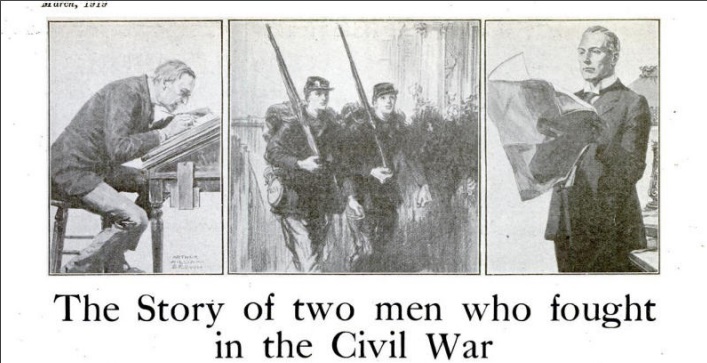
See full ad here.
When writing headlines using the 3 factors technique, it is also important to maintain believability. A headline with a healthy dose of personal appeal, news value and curiosity will flop if it lacks believability.
For instance, the following headline would fail in the weight loss/fitness space even if we had a product that did what it claimed:
Finally! Scientists in Mongolia discover a new way to Lose 50 pounds of fat in 24 hours flat without dieting or exercise.
Finally, Caples advised that whatever was being promised in the headline should sound easy to attain. If you are promoting a TV repair kit talk of “Fixing” rather than “Repairing” as the latter sounds like a lot more work than the former.
By definition a good curiosity headline is a ‘fascination’ so it a good idea to learn how to write fascinations [link].
Tom Monaghan, the founder of Domino’s re-imagined the delivery pizza market. This example shows that the uniqueness of a headline works best when it isn’t simply a bolt-on, but a quality of the underlying value proposition.
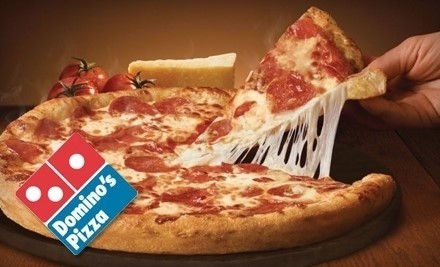
According to Wikipedia, Tom “invented a new insulated pizza box to improve delivery. The new box, unlike its chipboard predecessors, could be stacked without crushing the pizzas inside, permitting more pizzas per trip, and keeping them warm until they arrived.”
Click Here to Continue to Part 2



